Brachial Plexus Injuries
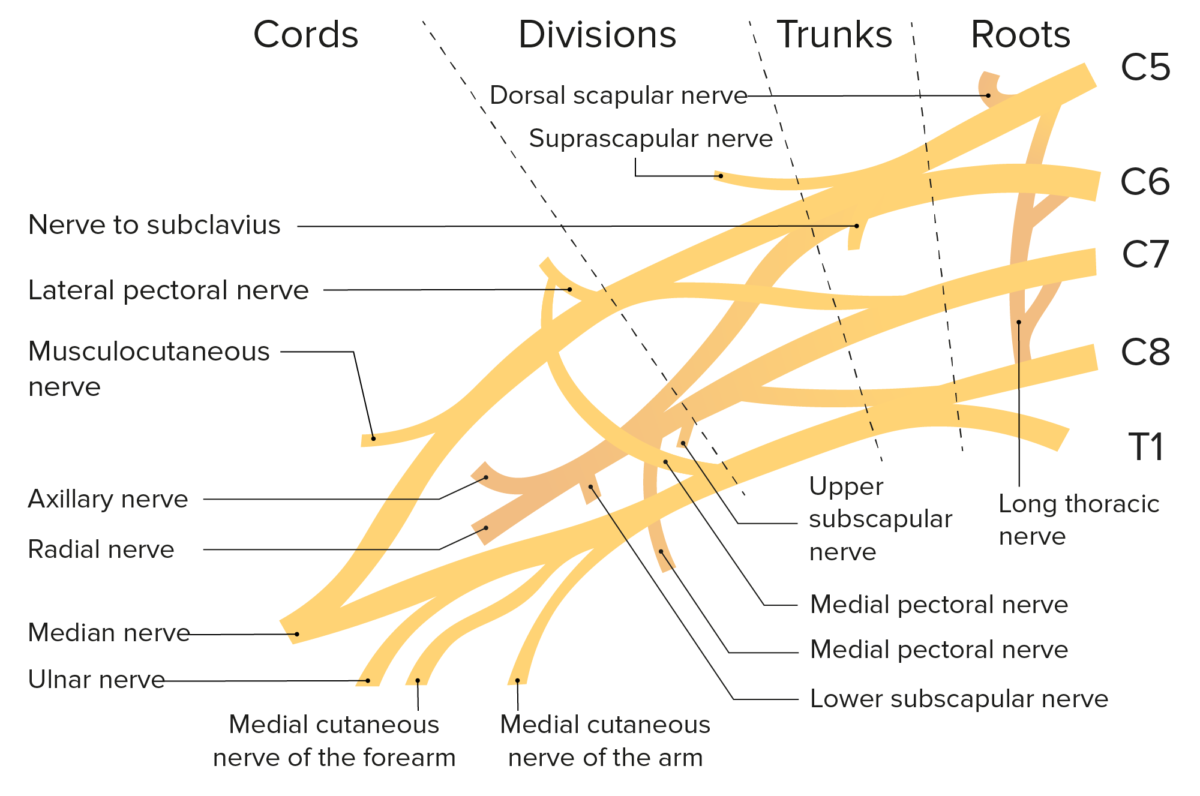
Overview Anatomy The brachial plexus is a network of nerves from which all the motor and sensory nerves of the upper extremity arise. It is formed by the nerve roots from C5 to T1 and divides into: Epidemiology Classification Pathogenesis The brachial plexus can be injured by several mechanisms: Clinical Presentation Clinical symptom onset may […]
Ataxia-telangiectasia
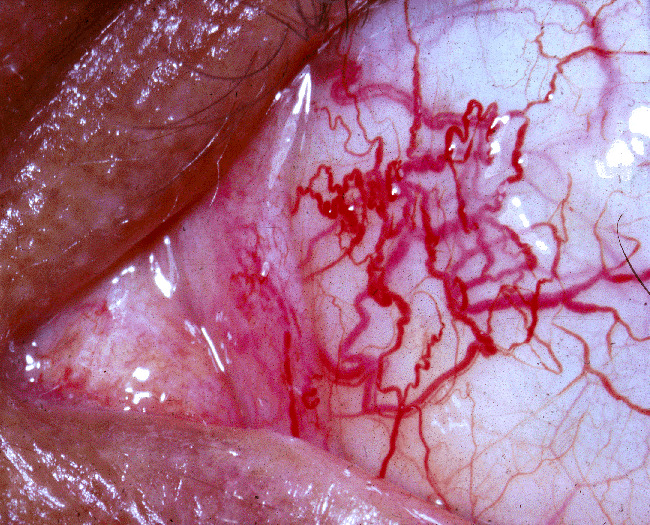
Overview Definition Ataxia-telangiectasia is a rare, autosomal recessive neurodegenerative disorder characterized by progressive ataxia and multisystem dysfunction due to a defect in the ATM gene (ATM serine/threonine kinase or the ataxia-telangiectasia mutated gene). Epidemiology Inheritance Etiology Pathophysiology Ataxia-telangiectasia is caused by mutations in the ATM gene. Mutations may appear in a variety of ways: Mutation […]
Intracerebral Hemorrhage
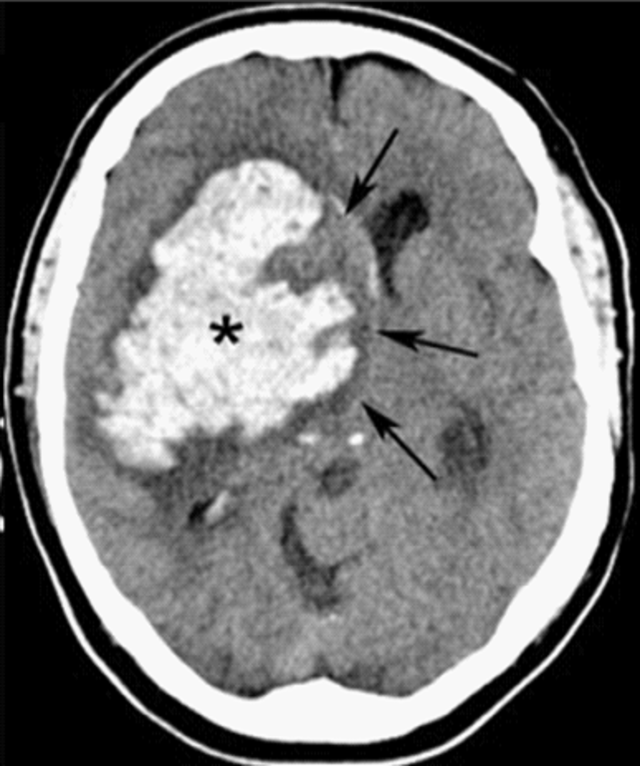
Definition and Epidemiology Definition Intracerebral hemorrhage (ICH) refers to a spontaneous or traumatic bleed into the brain parenchyma and is the 2nd-most common cause of cerebrovascular accidents (CVAs). Deep ICH: Lobar ICH: Epidemiology Etiology Risk factors Leading causes Other causes Pathophysiology In the absence of trauma, cerebral parenchymal bleed generally results from the rupture of […]
Epidural Hemorrhage
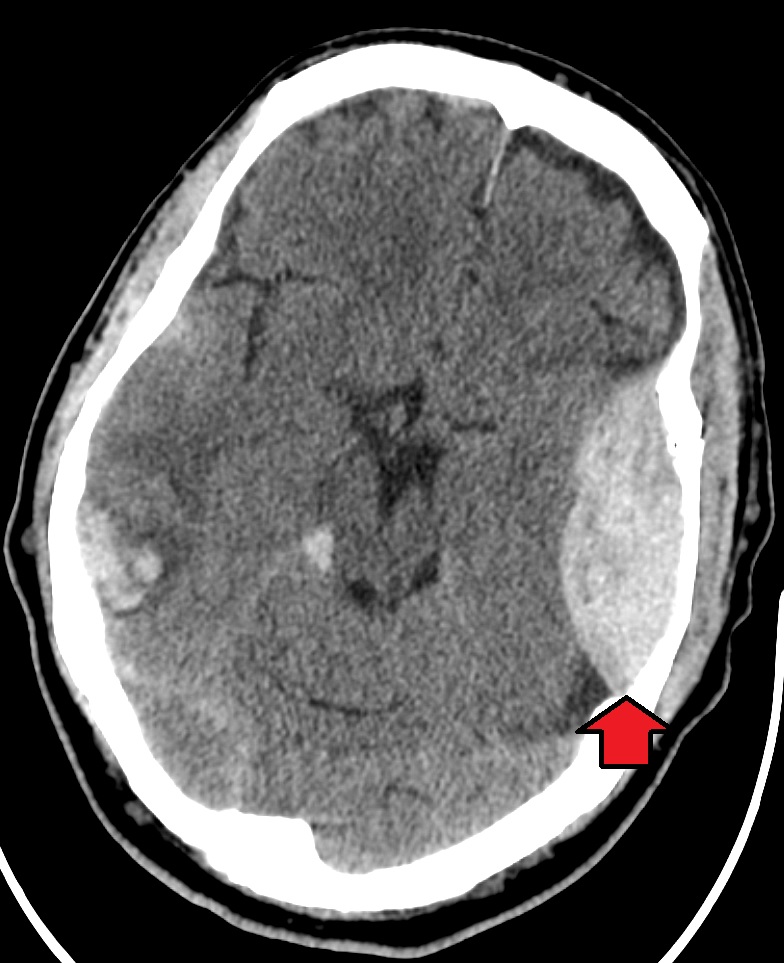
Overview Definition Epidural hemorrhage or epidural hematoma (EDH) is an event characterized by bleeding into the epidural space between the dural layer of the meninges and the skull. Epidural hemorrhage usually results from trauma. Epidemiology Etiology Head trauma/injury: Nontraumatic EDH: Pathophysiology Vascular injury Hematoma expansion Clinical Presentation Head trauma is the most common etiology of […]
Hepatitis B Virus

Classification General Characteristics Structure Features Epidemiology and Pathogenesis Epidemiology Transmission Host risk factors Pathophysiology Clinical Presentation Acute infection Chronic infection Diagnosis Viral markers Laboratory evaluation Screening for HBV infection: Acute hepatitis B: Past HBV infection (inactive): HBV-vaccinated individuals: Chronic hepatitis B: Table: Hepatitis B serologic panel HBsAg Anti-HBc-IgM Anti-HBc-IgG Anti-HBs Susceptible Negative Negative Negative Negative […]
Hearing Loss
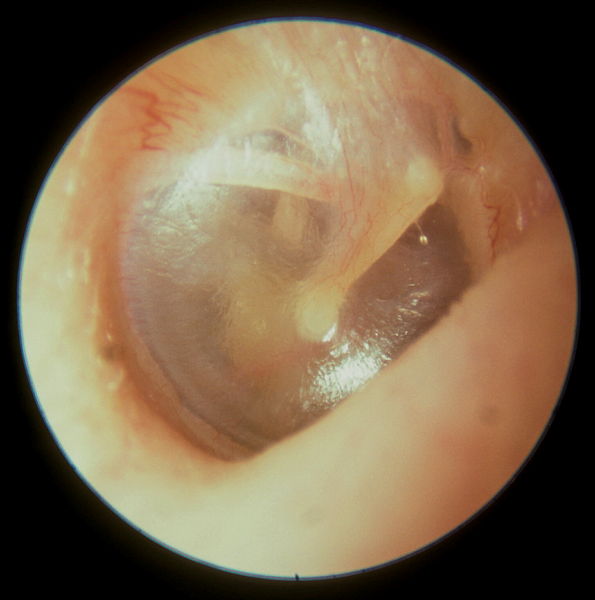
Overview Definition Hearing loss, also known as hearing impairment, is any degree of impairment in the ability to apprehend sound as determined by audiometry to be below normal hearing thresholds. Anatomy Epidemiology Classification of hearing loss Etiology Conductive hearing loss (CHL): Sensorineural hearing loss (SNHL): Physiology of hearing Cultural relevance History of Present Illness Information […]
Malnutrition in children in resource-limited countries

Overview Definition Malnutrition is a clinical state with an imbalance, a deficiency, or an excess of a wide range of nutrients and energy. Epidemiology Etiology Malnutrition is often associated with underlying disease and can be conceptually categorized into 4 broad etiological categories: Clinical Presentation Pathological changes caused by malnutrition Clinical presentation of marasmus Clinical presentation […]
Neurofibromatosis Type 1
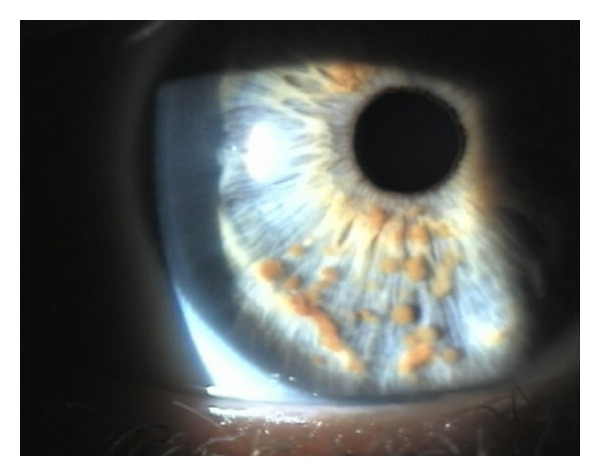
Overview Epidemiology Neurofibromatosis type 1 (NF1) is the most common type of neurofibromatosis. Incidence: approximately 1 in 2,600–3,000 individuals, regardless of ethnicity and gender Inherited in about half of the cases Life expectancy: The mean age at death is 54.4 years. The median age at death is 59 years. Etiology Autosomal dominant inheritance Less commonly, […]
Paraneoplastic Syndromes
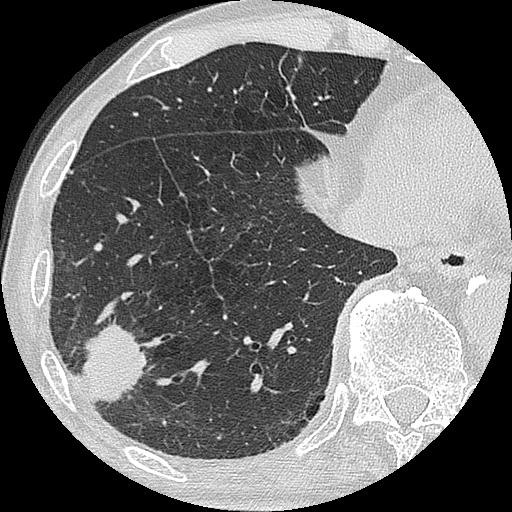
Overview Definition Paraneoplastic syndromes are clinical syndromes that arise from an immune response to a neoplasm, producing substances that are not a direct effect of the tumor, such as metastasis, mass effect, or invasion of the tumor. Epidemiology Etiology There are 2 primary mechanisms: Classification Table: Paraneoplastic endocrinopathies Clinical syndrome Associated neoplasia Pathogenesis Cushing syndrome […]
Hyponatremia
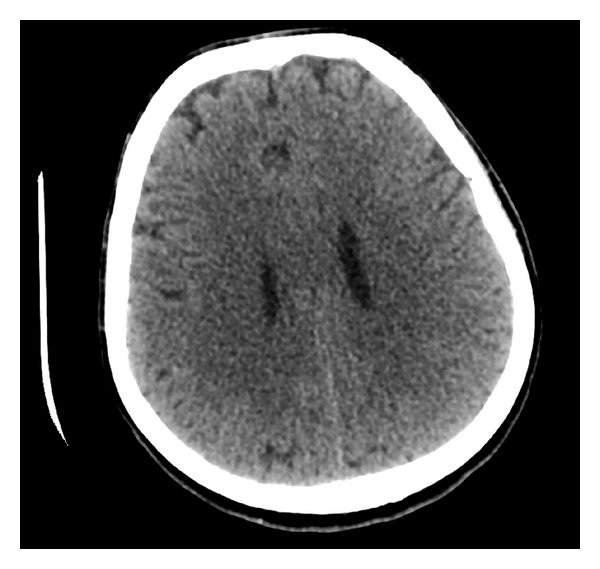
Overview Physiology and classification Epidemiology Etiology The etiology of hyponatremia is determined by knowing the volume status, as well as the serum and urine osmolality. Hypovolemic: Euvolemic: Hypervolemic: Pathophysiology Clinical Presentation Acute (< 48 hours) Chronic (> 48 hours) Diagnosis The 3 most important tests that need to be completed are: Serum or plasma osmolality […]